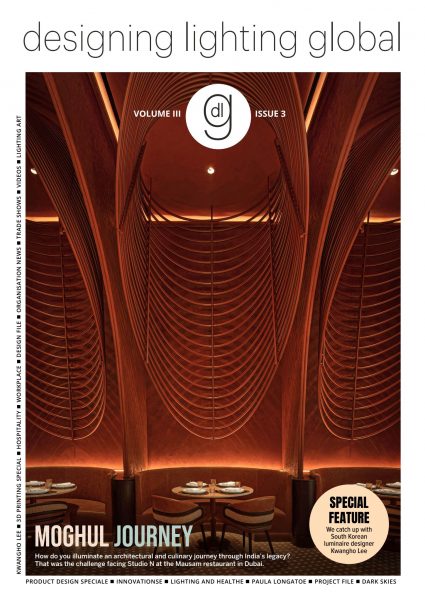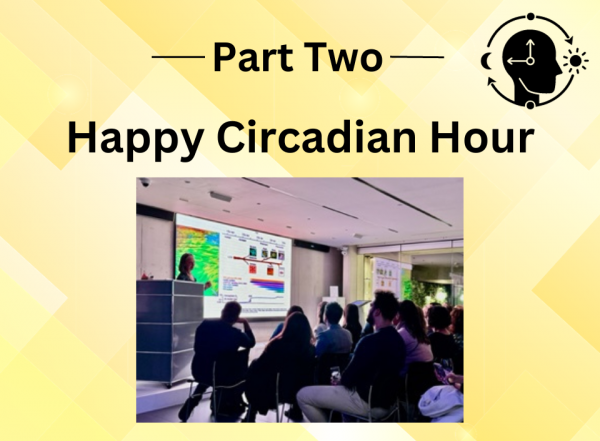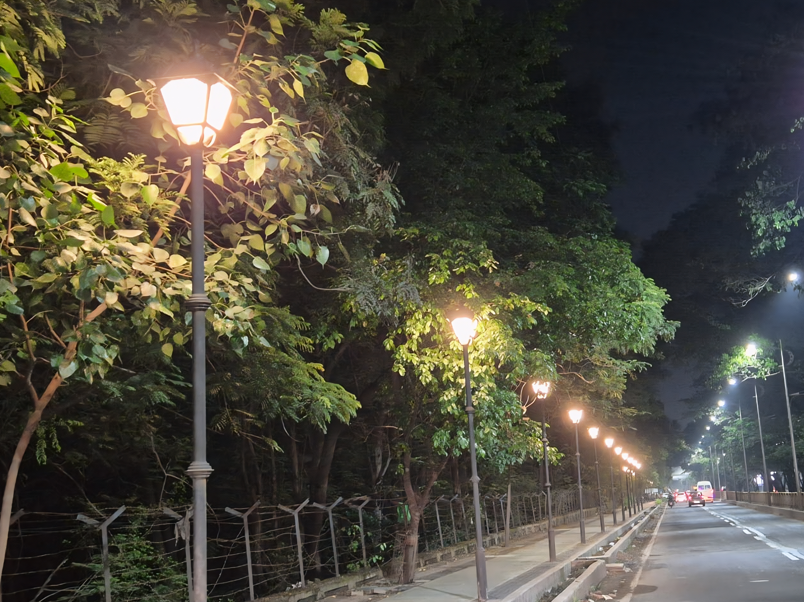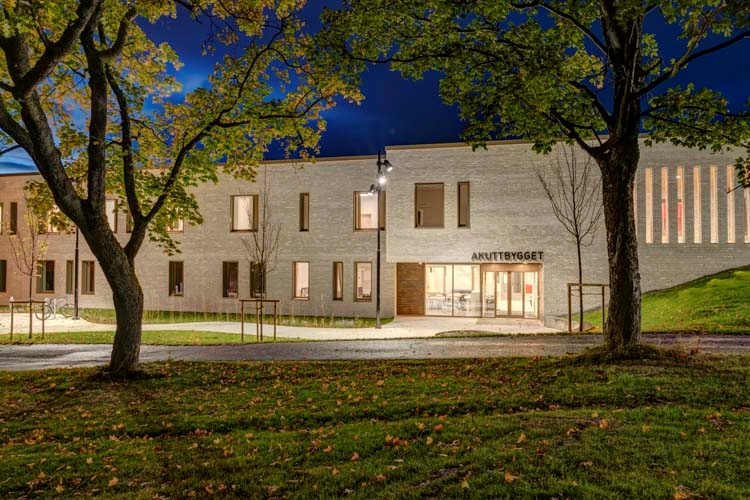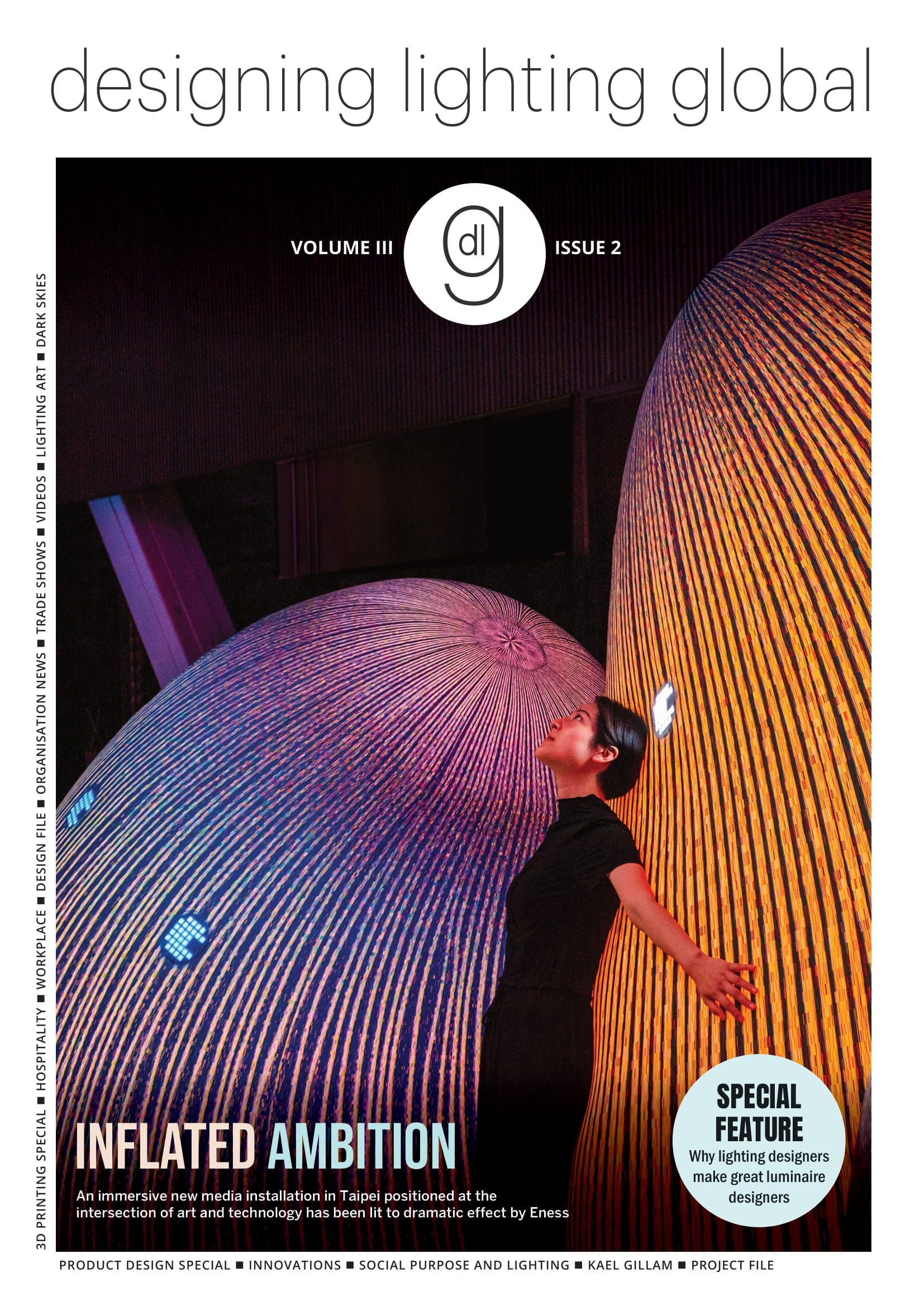The Happy Circadian Hour event held on November 20th in London turned out to be a captivating seminar led by Dr. Shelley James, who delved deep into the essence and science behind circadian rhythms and their influence on our daily lives.
Dr. James, addressing a mixed audience of lighting designers, specifiers, and manufacturers, embarked on a comprehensive discussion about circadian rhythms. She began by establishing the fundamental meaning of ‘circadian’—rooted in the Latin words for ‘around’ and ‘day’—highlighting its role in the daily cycles of all beings, from humans to ancient organisms, and even to a surprising degree, plants like cabbages. She emphasized the shared history of circadian rhythms with the emergence of photosynthesis, marking a symbiotic relationship between light and life’s foundational processes.
The lecture proceeded with an exploration of the genetic aspects of circadian rhythms, using examples from cyanobacteria to fruit flies, underscoring the evolutionary advantage of having a resonant gene that responds to the day-night cycle. Dr. James provided insights into the intricacies of the human eye, discussing the intrinsically photosensitive retinal ganglion cells (I-P-R-G-C) and their unique response to light—particularly to the sky blue wavelengths—through the presence of melanopsin, and how this impacts our non-visual systems differently than the visual rods and cones.
Highlighting the central pacemaker of our circadian rhythm, the suprachiasmatic nucleus (SCN), Dr. James painted a vivid picture of its role in coordinating the body’s functions through signals and the hormone cocktail of cortisol and melatonin, the latter signaling the onset of darkness and preparing the body for rest.
Dr. James also addressed the modern disruptions to our circadian rhythms, citing lifestyle choices such as irregular routines that lead to conditions like social jet lag and associated health risks. She referenced the classification by the World Health Organization of circadian disruption as a probable carcinogen, underlining the critical importance of maintaining a healthy body clock.
Dr. James challenged popular notions about the impact of blue light from e-readers at night, suggesting that the issue is less about light exposure and more about cognitive engagement preventing sleep. She stressed the importance of disengaging from activities to allow for rest, debunking myths with emerging scientific evidence.
The lecture then shifted to the mechanics of light perception, discussing the layers of the retina and their connection to circadian regulation. Dr. James introduced the audience to the concept of melanopsin—a photopigment integral to the regulation of sleep and wakefulness. Unlike the immediate response of rods and cones to light, melanopsin responds to the accumulation of light over time, so that bright light in the morning sets the body clock and can even help us to be more resistant to exposure to ambient light in the evening.
The lecture also touched on individual sensitivity to light, revealing a spectrum of responsiveness that varies up to fiftyfold among individuals. This variability underscores the need for personalized lighting solutions, especially as we age and our physiological relationship with light evolves. Dr. James pointed out that while older adults may require different light intensities, the red cones in our eyes compensate for yellowing lenses, indicating a complex interplay between various elements of our visual system and the necessity for full-spectrum light sources.
In practical applications, she discussed the beneficial effects of circadian lighting principles in various settings, from premature baby units to schools and residential care homes, where tailored lighting strategies have led to improvements in survival rates, learning, and overall health. She particularly noted the reduction of ‘sundowning’ symptoms in dementia patients through lighting that mimics the day-night cycle.
Throughout the session, Dr. James tackled the variability in individual light sensitivity and the implications of aging on light perception. She challenged the audience to consider full-spectrum lighting and its unexplained yet positive effects on sleep and circadian entrainment, as opposed to narrow-spectrum lighting solutions.
The seminar concluded with a playful classification of attendees into chronotypes—lions for early birds, bears for those with a balanced routine, wolves for night owls, and dolphins for restless sleepers. Dr. James encouraged the audience to embrace their chronotype for optimal daily functioning, wrapping up a session that was not only informative but also offered a new lens through which to view the interplay between light and life.
Dr. James’s lecture at Happy Circadian Hour was not only informative but transformative, bridging the gap between scientific theory and daily lighting applications, and empowering lighting designers with new tools to light our world in harmony with the human body clock.
The time to start designing lighting solutions that support a healthy circadian rhythm is now.

